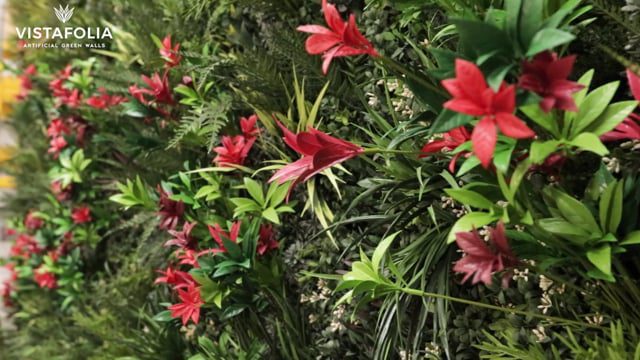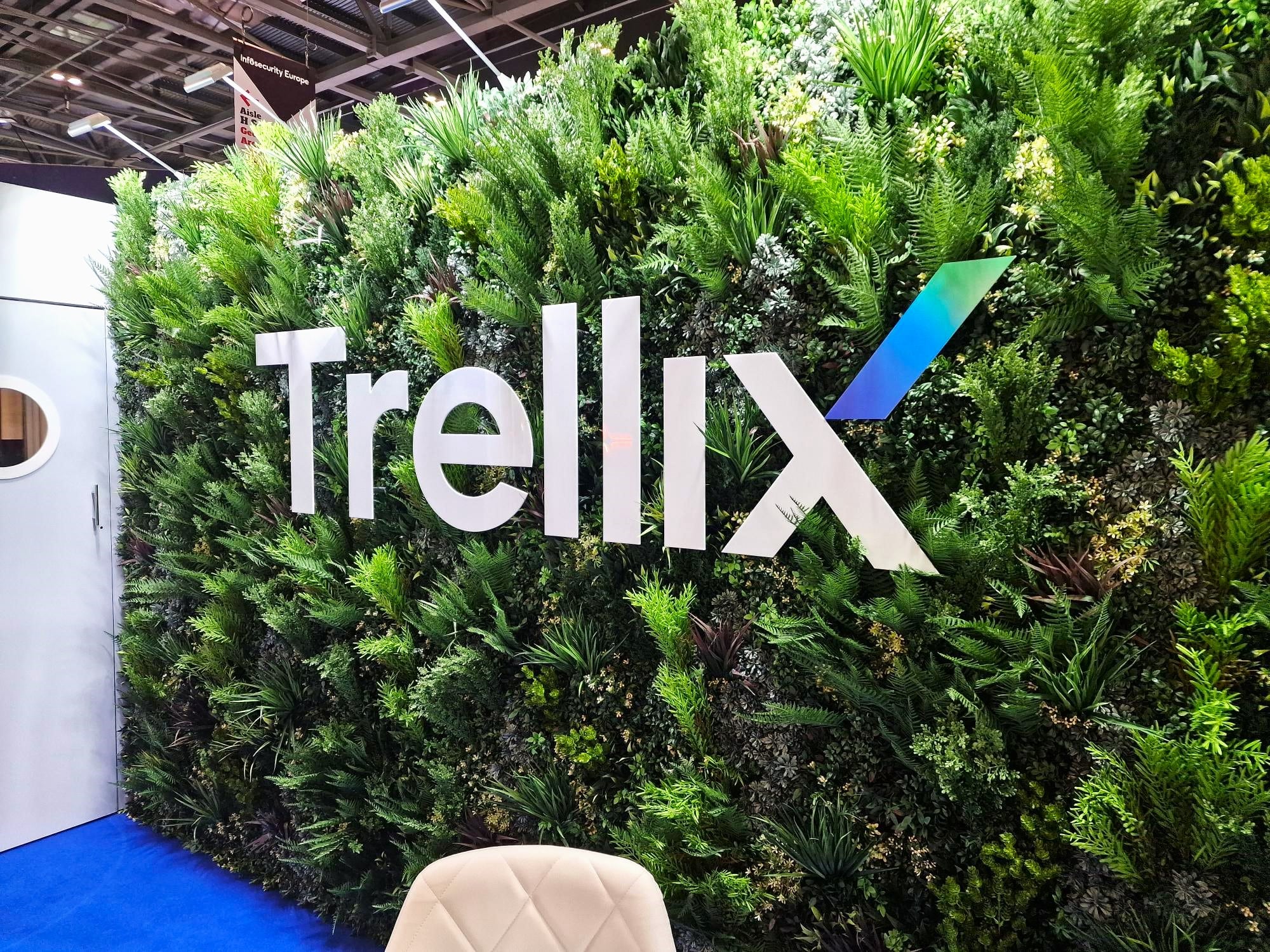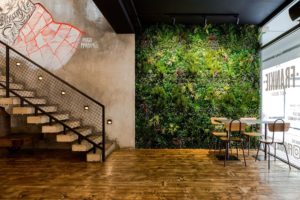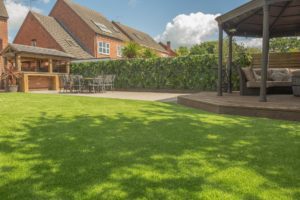In an increasingly digital world, the appeal of natural greenery is something many still yearn for. But only some have the green thumb or the conditions to maintain live plants. Enter the fascinating realm of artificial plants, lifelike imitations that have evolved for decades to fill the void between man and nature.
From their early inception as mere decorative elements to today’s sophisticated, almost indistinguishable replicas, artificial plants have a long and captivating history worth exploring. As homes and offices modernise, these faux alternatives are becoming increasingly popular for their low maintenance and evergreen charm.
But how did we get here? This article aims to unearth the roots of artificial plants, tracing their journey from humble beginnings to becoming an integral part of contemporary interior and exterior designs.
Perfect for designers, botany enthusiasts, and anyone looking to enhance their living or workspace, this comprehensive guide sheds light on the dynamic evolution of artificial plants that have, quite literally, grown on us.
So, whether you’re looking to optimise your home for aesthetics or for a green solution that doesn’t require a watering can, read on to discover how artificial plants have branched out over the years.
What Are Artificial Plants?
Artificial plants are imitations of natural plants used for commercial or residential decoration. They are made from various materials, including plastics, silk, cloth, or even ceramic, designed to mimic natural plants’ appearance, texture, and colour as closely as possible.
Unlike their natural counterparts, artificial plants require no sunlight, water, soil, or ongoing maintenance.
This makes them an ideal choice for spaces where natural plants would not survive or for individuals who love the aesthetic of greenery but need more time or expertise to care for natural plants.
Increasingly sophisticated manufacturing techniques have made modern artificial plants nearly indistinguishable from the real, making them highly attractive for interior design, landscaping, and even for use in digital spaces aiming to achieve a natural look.
Where Did Artificial Plants Come From?
The origins of artificial plants can be traced back to ancient civilisations, where they initially served religious or ceremonial purposes. In ancient Egypt, for instance, artisans crafted replicas of palm leaves and papyrus plants out of painted linen and other textiles.
These faux plants were often used to decorate tombs or accompany mummies to the afterlife. In ancient Rome and Greece, artificial flora was used to enhance the aesthetics of temples and homes.
Over the centuries, the use of artificial plants has evolved significantly, dovetailing with advancements in materials and manufacturing techniques. In the 19th century, the mass production of silk made it easier to create more realistic-looking flowers and plants, which became popular in Victorian homes.
With the advent of plastic and other synthetic materials in the 20th century, artificial plants have become even more lifelike and durable, finding their way into homes, offices, public spaces, and movie sets.
The journey of artificial plants from sacred spaces to ubiquitous décor is a testament to human ingenuity and the ever-changing relationship between man and nature!
How Have They Developed Over The Years?
Over the years, artificial plants have undergone remarkable appearance and quality transformations, paralleling technological and manufacturing advances. Early versions were often rudimentary and easily distinguishable from their natural counterparts, primarily crafted from wax, silk, or paper.
However, the 20th century saw the introduction of synthetic materials like plastic and polyester, which revolutionised the production process. Today’s artificial plants are often made from high-quality, UV-resistant polyethene or eco-friendly materials like recycled plastics.
Innovations in moulding techniques, colour blending, and finer details like veining on leaves or petals have rendered contemporary artificial plants virtually indistinguishable from real ones. Advanced manufacturing methods have enabled features like realistic soil, water droplets, and scent, offering a multi-sensory experience.
As a result, artificial plants have expanded beyond decorative accessories to serve functional roles in various settings, including office spaces where they improve the ambience, outdoor landscapes resistant to natural flora, and even in applications like green walls and vertical gardens.
The evolution of artificial plants is a testament to the human desire for convenience, beauty, and the indomitable spirit of innovation.
Why Have Artificial Plants Continued To Grow In Popularity?
Artificial plants have continued to grow in popularity for several compelling reasons. One of the primary factors is their low-maintenance nature; they require no watering, fertilising, or exposure to sunlight, making them an ideal choice for people with busy lifestyles or those without a green thumb.
They’re also an excellent solution for spaces not conducive to the growth of natural plants, such as areas with low light, extreme temperatures, or limited airflow. Technological advances have made modern artificial plants almost indistinguishable from real ones, enhancing their appeal as a design element in residential and commercial spaces.
Furthermore, they offer a level of flexibility that live plants do not—being easily moveable and not seasonally affected, they can be used to adapt and refresh interior aesthetics quickly.
Additionally, artificial plants are increasingly seen as a more sustainable option, as they do not require the natural resources and ongoing care that live plants do.
All these factors contribute to the rising popularity of artificial plants in today’s fast-paced, convenience-oriented society. Discover Vistafolia’s range of artificial planting solutions today.



